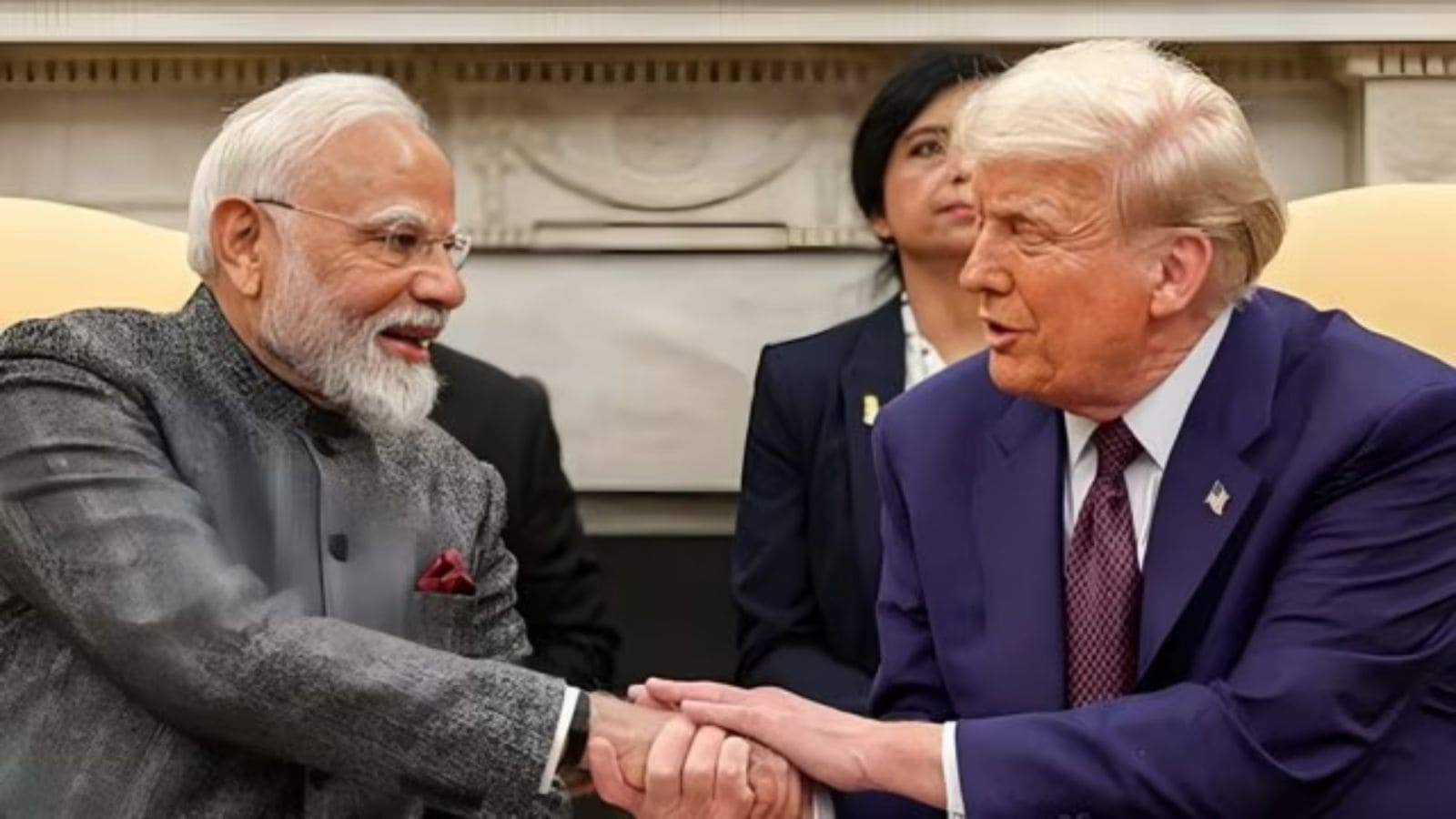One of the most notable outcomes of Prime Minister Narendra Modi’s recent meeting with US President Donald Trump was the reaffirmation of their commitment to the “123 Civil Nuclear Agreement” to maximise the benefits of the Indo-US nuclear deal.
Story continues below this ad
The 123 agreement allowed India to access nuclear fuel, reactors, and technology despite not signing the Nuclear Non-Proliferation Treaty (NPT). In return, India agreed to separate its civilian and military nuclear facilities under the International Atomic Energy Agency (IAEA) safeguards. The deal promises to catalyse India’s nuclear energy sector and reduce fossil fuel dependence. However, progress on this deal was stalled, particularly due to two key barriers:
One, the 10CFR810 clause under the US Atomic Energy Act, 1954 barred American companies from manufacturing or designing nuclear equipment in India, limiting collaboration to equipment exports. Two, India’s Civil Liability for Nuclear Damage Act, 2010 (CLND Act), introduced supplier liability for nuclear accidents, a departure from global norms where liability rests solely with operators.
This renewed commitment to the Indo-US nuclear deal signifies a pivotal moment for India’s low-carbon energy ambitions. It opens the possibility of jointly building American-designed reactors in India, a move that could transform the country’s energy landscape.
Story continues below this ad
However, this commitment does not operate in isolation. It aligns with India’s goal of achieving 100 GW of nuclear power generating capacity by 2047, as announced by the Finance Minister in the Budget 2025-26 session. To realise this vision, the government has made commitments to amend the Atomic Energy Act, 1962 (AE Act) and the CLND Act to ensure private sector participation in nuclear energy.
India’s nuclear energy sector has long been dominated by the state-owned Nuclear Power Corporation of India Limited (NPCIL), which operates under the AE Act. However, the NPCIL’s recent Request for Proposal (RfP) for new civil nuclear technologies signals a shift toward private sector involvement. While the provisions of the RfP are inconsistent with the Electricity Act, 2003, and the AE Act, it underscores the government’s determination to expand nuclear power capacity and attract private capital.
Nuclear energy, with its low carbon footprint and high energy density, is essential for India to meet its climate commitments and reduce its reliance on fossil fuels. However, the sensitivity and the catastrophic consequences of potential failures with nuclear energy (as seen in the Fukushima and Chernobyl disasters), coupled with India’s own legislative and administrative hurdles in bringing accountability for the Bhopal gas Tragedy of 1984, underscore the need for a robust regulatory framework that harmonises growth with accountability. Additionally, the discussion on the motion for consideration of the CLND Bill in the Parliament addressed the lessons learned by legislators and administration from the Bhopal gas tragedy and discussed how to make provisions to create liabilities on any entities, governmental or otherwise, if they are involved in such infrastructure.
India’s liability framework diverges from international norms, particularly the Convention on Supplementary Compensation (CSC), which provides liability exclusively to operators. This misalignment has created a deadlock with foreign companies, with Russia’s Rosatom being the sole operator in India’s nuclear sector. Despite efforts like the Rs 1,500 crore Indian nuclear insurance pool (INIP) established in 2015 to mitigate supplier risks, foreign companies remain hesitant.
To break this impasse, the government is reportedly considering amendments to the CLND Act. These changes may limit supplier liability to cases of “intent to cause damage” or contractual agreements, aligning India’s laws with global standards.
most read
The US, too, has taken steps to revive the nuclear deal. In January 2025, the US National Security Advisor announced the removal of Indian nuclear entities like BARC and IGCAR from the US “Entity List”, easing technology transfers. These developments, coupled with India’s push for private sector participation, could unlock stalled projects like the Jaitapur plant in Maharashtra with France’s EDF and the Kovvada plant in Andhra Pradesh with America’s Westinghouse.
India’s nuclear energy ambitions are at a crossroads. The revival of the Indo-US nuclear deal and proposed legislative reforms offer a unique opportunity to unlock the sector’s potential. By aligning its liability framework with global norms, India can attract foreign investment, accelerate its clean energy transition, and emerge as a leader in next-generation nuclear technologies. However, this journey has to be guided by the lessons of Bhopal and Chernobyl. As India strives to achieve its 100 GW target by 2047, it must ensure that growth is underpinned by safety, accountability, and justice. The stakes are high, but so are the rewards: A cleaner, greener, and more energy-secure future for India and the world.
Pranav Bhaskar is partner and the head of corporate practice at SKV Law Offices, Delhi. He represents several stakeholders in major international and domestic mergers & acquisitions, transactions. Dudeja is associate and works with the corporate team at SKV Law Offices


